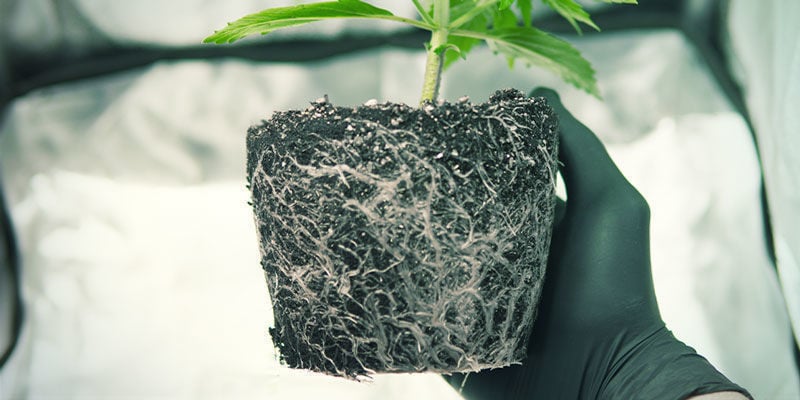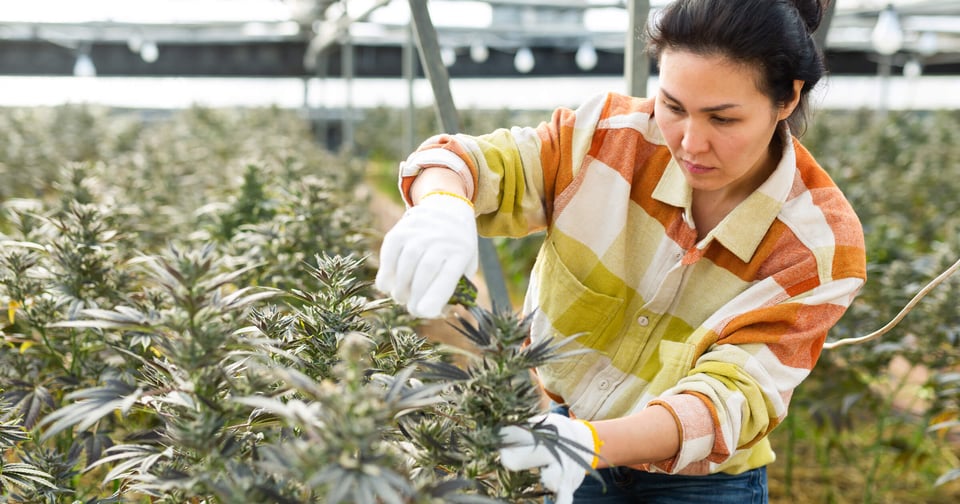What Are the Stages of Cannabis Plant Growth from Seed to Harvest?
Introduction to Cannabis Plant Growth
Cannabis cultivation is a fascinating journey that begins with a tiny seed and culminates in vibrant buds ready for harvest. Whether you're an experienced grower or just starting, understanding the stages of cannabis plant growth can make all the difference in achieving a successful crop. Each phase of development brings its unique characteristics and requirements, making it essential to know what to expect along the way. From germination to curing, every step is crucial in nurturing healthy plants that yield high-quality products. Let’s dive into this green adventure and explore how your little seeds transform into flourishing plants!
Stage 1: Germination
Germination is the first step in the life cycle of a cannabis plant. This stage begins when a seed absorbs moisture, swelling and activating its internal processes.
Typically, this can take anywhere from 24 hours to several days. The right conditions are crucial—humidity, temperature, and darkness play significant roles. Ideal temperatures hover around 70-85°F (21-29°C).
Once the conditions are perfect, you’ll see a tiny white root emerge from the seed. This delicate taproot is vital for anchoring the plant as it grows.
After germination is completed successfully, it's time to move your sprouted seeds into soil or another growing medium. Handling them with care ensures they continue on their journey towards becoming vibrant plants ready for cultivation.
Stage 2: Seedling
The seedling stage is a crucial period in cannabis growth. This phase begins when the sprout emerges from the soil, unfurling its first two leaves known as cotyledons. These tiny green structures are essential for photosynthesis.
During this stage, plants focus on establishing strong roots and sturdy stems. Providing adequate light is vital, typically around 18 hours of light per day to encourage healthy growth.
It's also important to monitor humidity levels closely since seedlings thrive in higher moisture conditions—around 70-80%. Proper watering techniques are critical; overwatering can lead to root rot while underwatering stunts their development.
As the plant grows, you may start seeing true leaves appear. These are more serrated and will continue developing throughout this stage. The resilience and vigour displayed now set the foundation for robust vegetative growth ahead.
Stage 3: Vegetative Growth
During the vegetative growth stage, cannabis plants experience a burst of energy. This phase usually lasts for several weeks and is critical for establishing a strong foundation.
Leaves grow larger and denser, allowing the plant to photosynthesize efficiently. The stem thickens as it prepares to support future blooms. It’s fascinating to see how quickly these changes occur.
At this point, growers should ensure that their plants receive adequate light—preferably 18 hours per day. Nutrient-rich soil or hydroponic systems can further boost growth rates.
Regular pruning may be beneficial here too. Removing lower branches helps direct energy toward the main colas, enhancing overall yield.
Watering practices also play an essential role; consistency is key without over-saturating the roots. Paying attention during this stage sets the tone for healthy flowering later on in the lifecycle.
Stage 4: Flowering
The flowering stage is a crucial turning point in cannabis cultivation. This phase marks the transition from vegetative growth to production. As light cycles shift, typically to 12 hours of light and 12 hours of darkness, plants begin to develop their buds.
During this time, you'll notice distinct changes in your plants. They start producing flowers that will eventually become rich with trichomes. The aroma intensifies as terpenes are released, creating a fragrant environment.
It's essential to monitor environmental conditions closely during flowering. Humidity should be reduced to prevent mould while maintaining optimal temperatures for bud development. Nutrient adjustments also play a vital role; phosphorus and potassium are key players now.
As the weeks progress, patience becomes critical. You'll observe swelling buds packed with potential, transforming into your desired harvest over time. Each day brings you closer to the rewarding culmination of your efforts.
Stage 5: Harvesting and Curing
Harvesting is a pivotal moment in cannabis cultivation. When the buds reach their full potential, you’ll know it’s time to reap the rewards. Look for signs like trichomes turning from clear to milky white or amber. These changes indicate peak potency.
Carefully cut branches at harvest time, ensuring minimal damage to the plant and surrounding areas. This step preserves those precious cannabinoids and terpenes.
Curing follows harvesting and is just as critical. It involves drying your buds slowly in a controlled environment. Aim for temperatures around 60-70°F with humidity levels between 45-55%. Proper curing enhances flavour, aroma, and overall quality.
Use glass jars for storage once they’re dried appropriately. Open these jars daily during the initial weeks to allow moisture to escape while promoting air circulation.
This process might take patience but trust that good things come to those who wait! Enjoy your hard work through rich flavours and potent effects later on.
Factors That Affect Cannabis Plant Growth
Several factors can significantly influence the growth of cannabis plants. Light is one of the most crucial elements. Different stages require varying intensities and durations, impacting overall health.
Temperature also plays a vital role. Ideally, daytime temperatures should hover between 70-85°F during vegetative phases and slightly cooler during flowering to prevent stress.
Humidity levels need careful attention too. Seedlings thrive in higher humidity, while mature plants prefer lower levels to avoid mould or mildew.
Nutrients are essential for robust development as well. A balanced mix of nitrogen, phosphorus, and potassium ensures vibrant foliage and fruitful blooms.
Watering practices shouldn't be overlooked either. Overwatering can lead to root rot while underwatering might stunt growth.
Genetics cannot be ignored; different strains exhibit unique traits that affect their response to environmental conditions.
Tips for Successful Cannabis Cultivation
Start with quality seeds. Selecting the right strain can make a huge difference in growth and yield.
Next, focus on your growing environment. Maintain optimal temperature and humidity levels to ensure healthy plants.
Pay attention to lighting. Different stages of growth require varying light intensities and durations. Adjust accordingly for best results.
Nutrients are crucial too. Use organic fertilizers that suit each stage, from seedling to flowering, while avoiding overfeeding.
Watering is an art form; don’t drown your plants or let them dry out completely. Find a balance that works for your setup.
Monitor for pests regularly. Early detection can save crops from significant damage.
Implement these strategies consistently for robust cannabis cultivation at home or in larger operations.
Conclusion
Growing cannabis can be an incredibly rewarding journey. Understanding the stages of growth equips you with the knowledge to nurture your plants effectively. From germination to harvesting, each phase has its unique requirements and challenges.
Pay attention to environmental factors like light, temperature, humidity, and nutrients as they play pivotal roles in plant health. Adapting your approach based on these elements will lead to better yields and healthier plants.
By applying the tips for successful cultivation—such as maintaining proper watering schedules and keeping a close eye on pests—you'll ensure that your cannabis plants thrive throughout their life cycle.
Whether you're a novice or an experienced grower, every step offers valuable lessons. The satisfaction of seeing a healthy harvest after months of care is unparalleled. Embrace the process; it’s all part of growing not just cannabis but also your skills as a cultivator.








Comments
Post a Comment